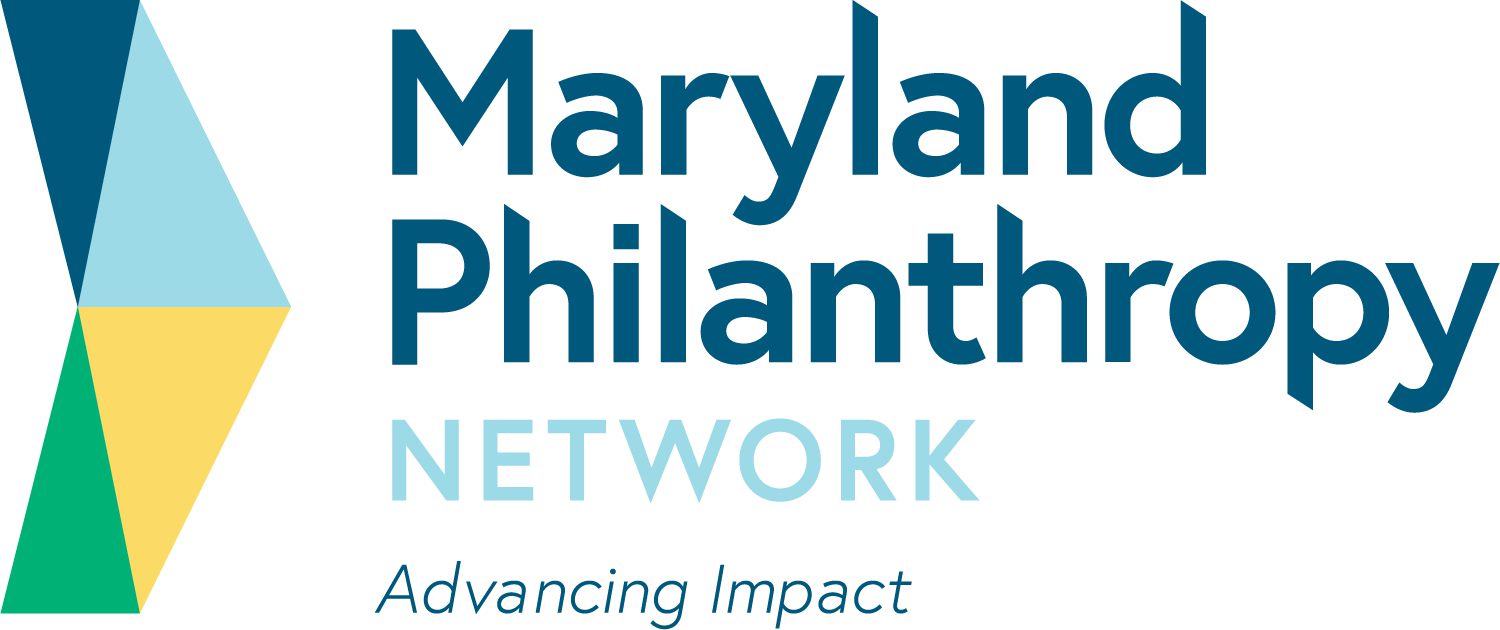Blue Water Baltimore Emerges From Merger
Mergers are common in the business world, but relatively rare in the nonprofit sector. That’s why I am intrigued by the story of Blue Water Baltimore.
Baltimore’s four watershed associations and the Baltimore Harborkeeper pulled off a complicated feat when they merged last fall to become Blue Water Baltimore. With encouragement and support from the funding community, five independent organizations with related missions joined together to protect the streams, harbor and rivers of our greater Baltimore area.
The predecessor organizations were the watershed associations of the Herring Run, the Jones Falls, the Gwynns Falls and the Baltimore Harbor, as well as the Baltimore Harbor Waterkeeper. Each had a geographic focus, which gave them a strong local identity but also resulted in duplication of effort.
Cathy Brill, program officer for the Rauch Foundation, which invested in many stages of the process, says, "We really felt that the urban voice for water was strikingly silent, even across the state. The merger means that now we have someone who is authorized to speak for the Baltimore area.”
The merger idea dates back to 2004 at least and the process itself began two years ago. An early step involved grants from several area foundations, including Rauch and the Keith Campbell Foundation, to support collaborative work on stormwater messaging in the city.
Three of the watershed organizations participated in a three-year capacity building initiative supported through the Chesapeake Bay Funders Network. This effort helped organizations lay the groundwork for the merger.
Pro bono services by Baltimore’s legal community played an important role in helping the five organizations form a single legal entity. The Goldseker and Rauch foundations split the cost of a consultant to take the five boards through a structured decision process.
The outcome was never assumed and the five organizations retained their option to stay independent until the final vote in August 2010.
The Rauch Foundation published a detailed study of the merger, with the participants — staff, board members, grantmakers, and consultants — reflecting on their process and providing insights.
As the report says, "Every merger, no matter the context, will have a unique set of issues to address. Mergers between nonprofit organizations, however, will likely share some characteristics of the Baltimore merger.”
The report is available to read at http://ht.ly/3U01W.
Four major factors
The watershed groups negotiated a host of detailed questions about the mission, programs, and operations of the new organization. Involved Board and staff leadership have identified four major factors that created a positive context for moving ahead.
1. Sound reasons for merging. The Baltimore groups’ primary goal was to combine strengths, believing this could lead to stronger programs, a larger platform for influencing policy, and more financial efficiency. Both the merging organizations and supporting grantmakers caution that mergers should not be viewed as means to save money. A merged organization may spend money more effectively by consolidating costs for office space, systems, and fundraising; however, budget needs may actually increase over time.
2. Compatible organizations and inter-staff relationships. The Baltimore groups had some variations in missions and programs, but they shared the same goals and challenges.
3. Organizational awareness of long-term needs. The leadership of each organization had been working internally on long-term planning for their separate organizations.
4. Encouragement from grantmakers. The watershed groups met with grantmakers before beginning any formal part of the merger process. The local funding community not only supported a merger, but encouraged it. Grantmakers agreed that indefinitely supporting five separate organizations would ultimately limit their ability to grow. They also indicated that having one organization, rather than five, would not necessarily decrease the overall amount of environmental funding for Baltimore.
Board president T.J. Mullen is pleased by their unified mission.
"We are now a more comprehensive organization that truly covers the watersheds of Baltimore,” Mullen said. "We have the opportunity to make an impact on the water quality of Baltimore, period. Not a piece here, a piece there. All of these different watersheds are being cared for under one roof, without duplicating efforts.”
To learn more about Blue Water Baltimore, visit www.bluewaterbaltimore.org
FIND MORE BY:

